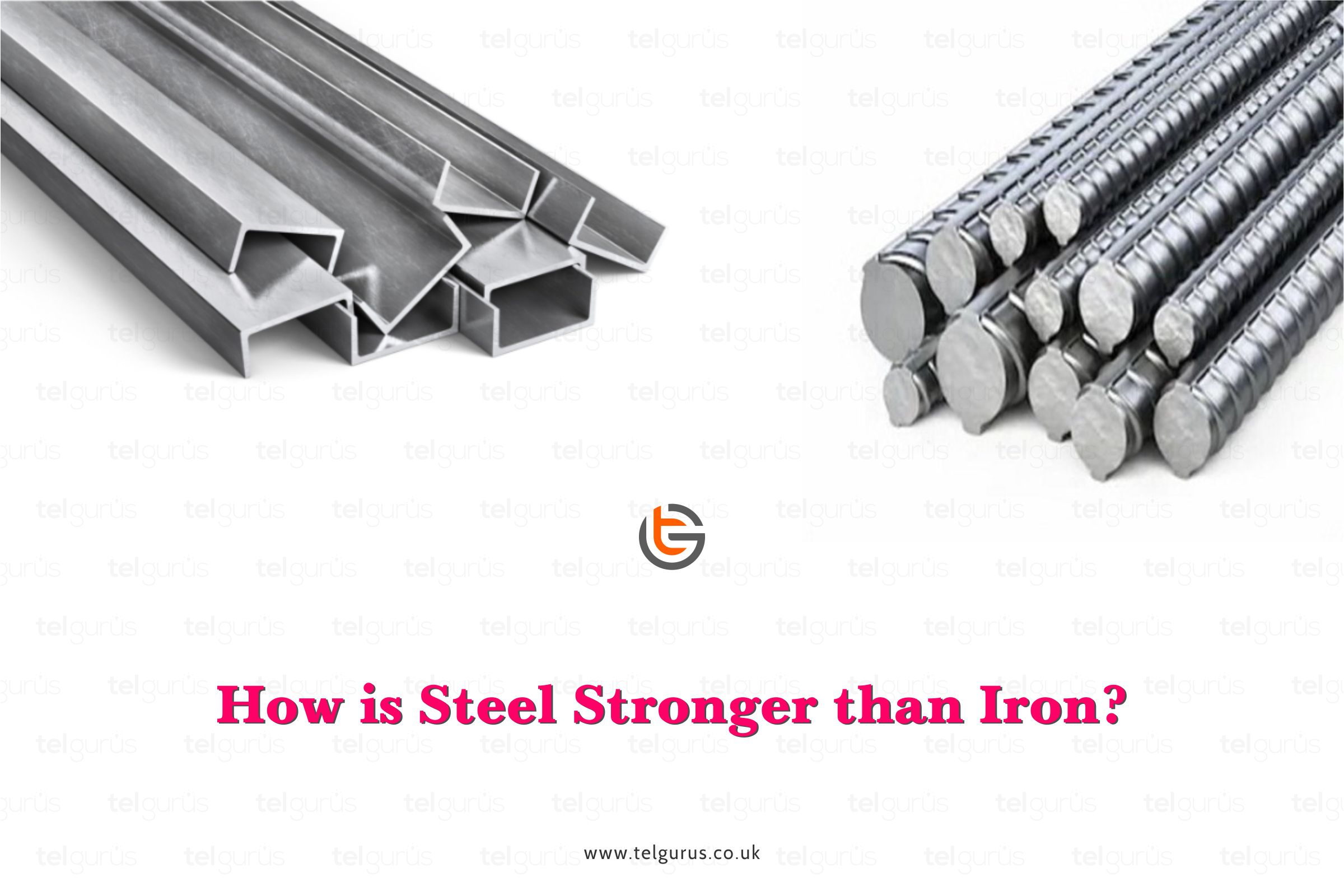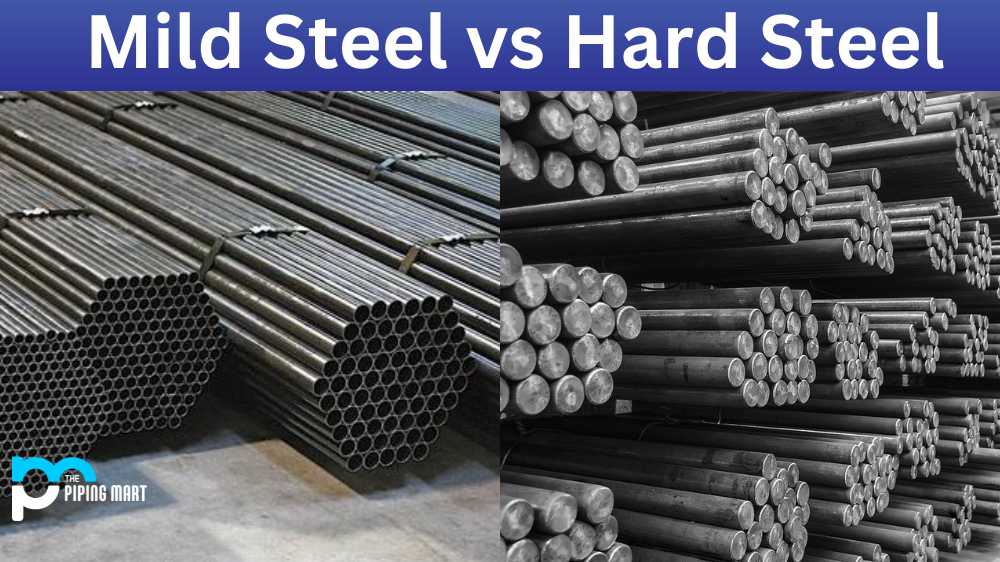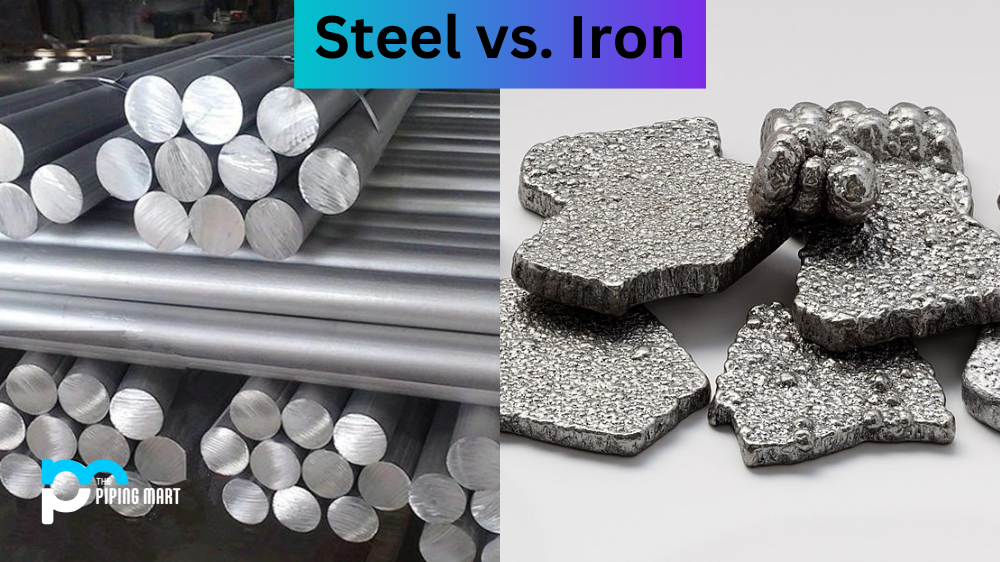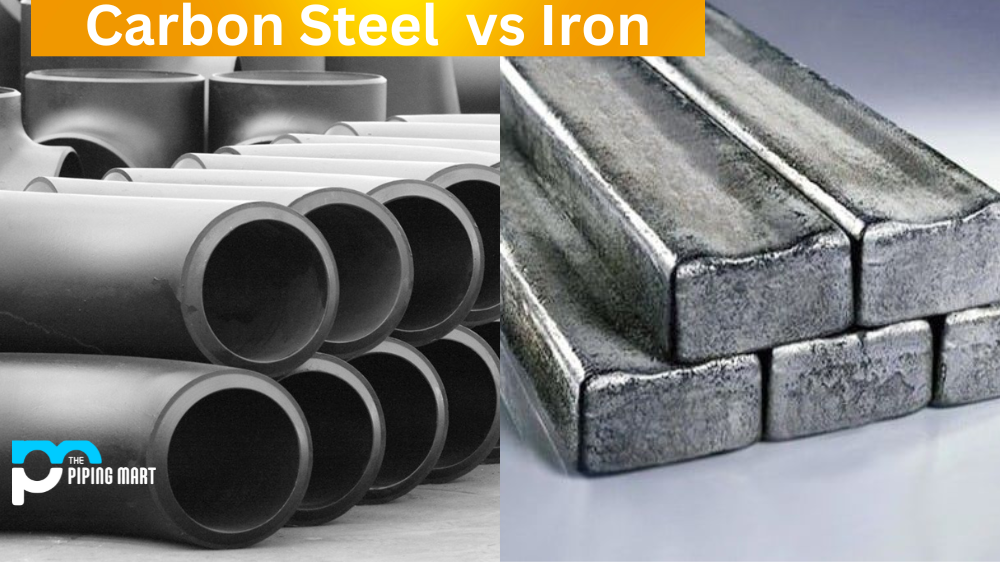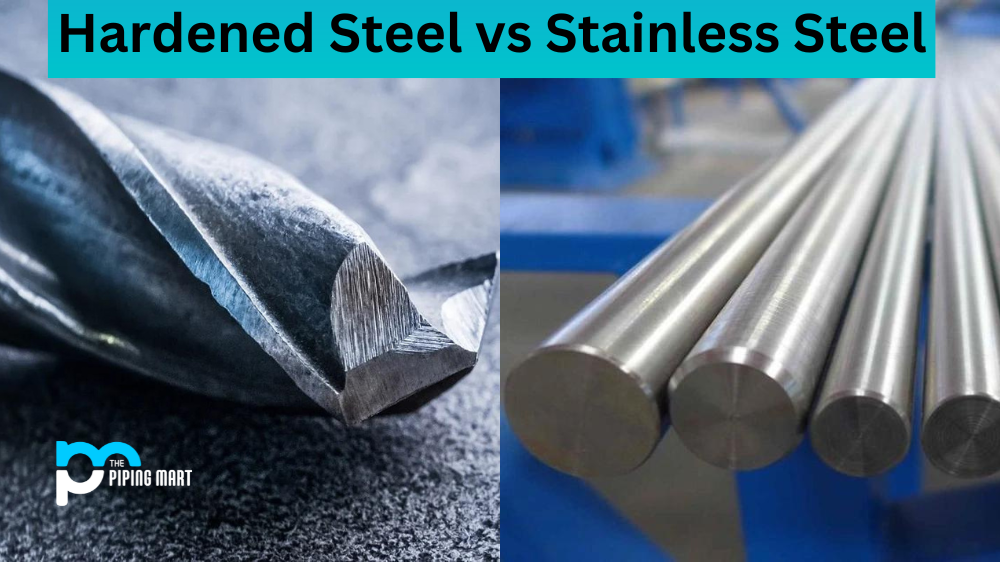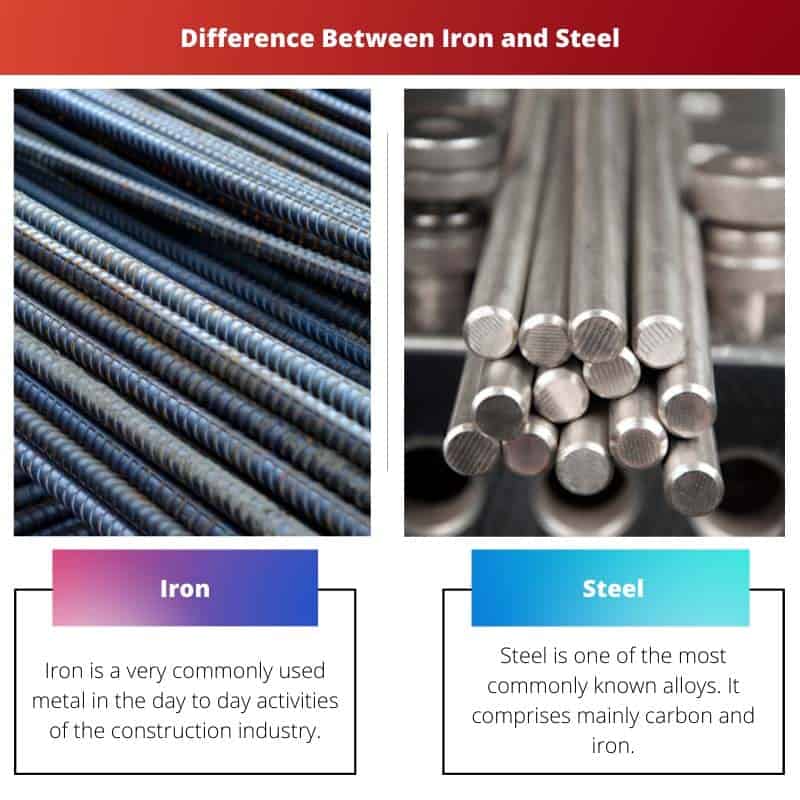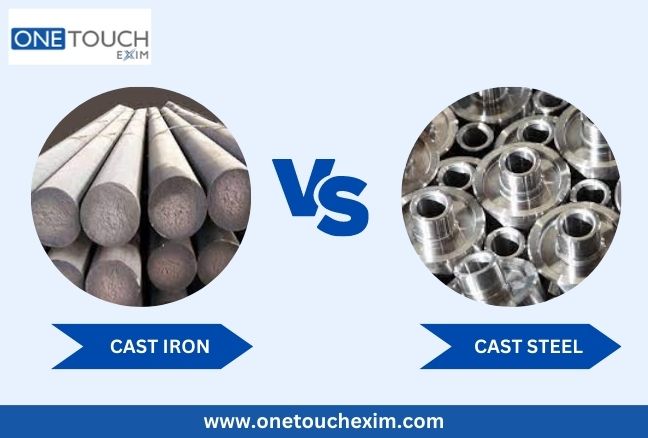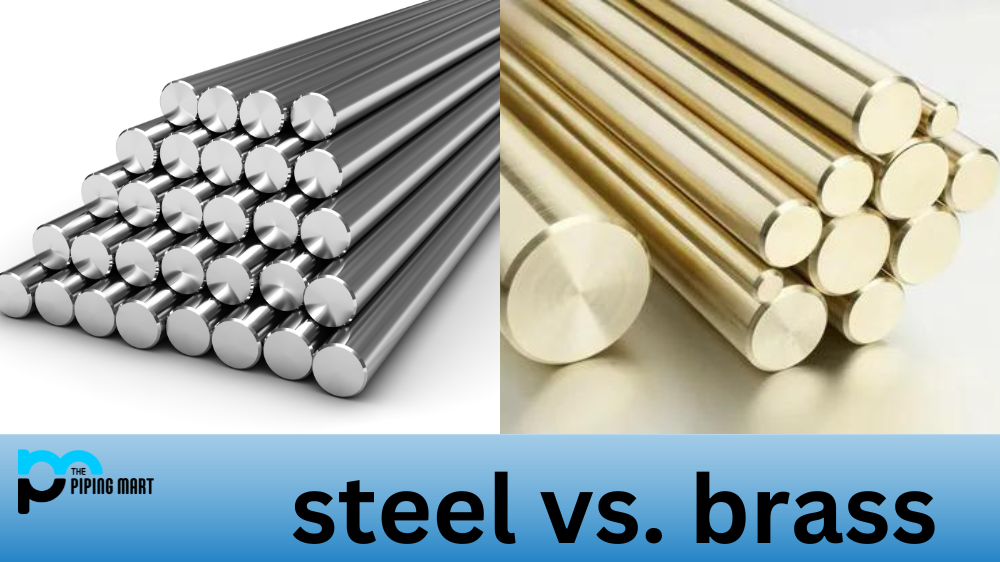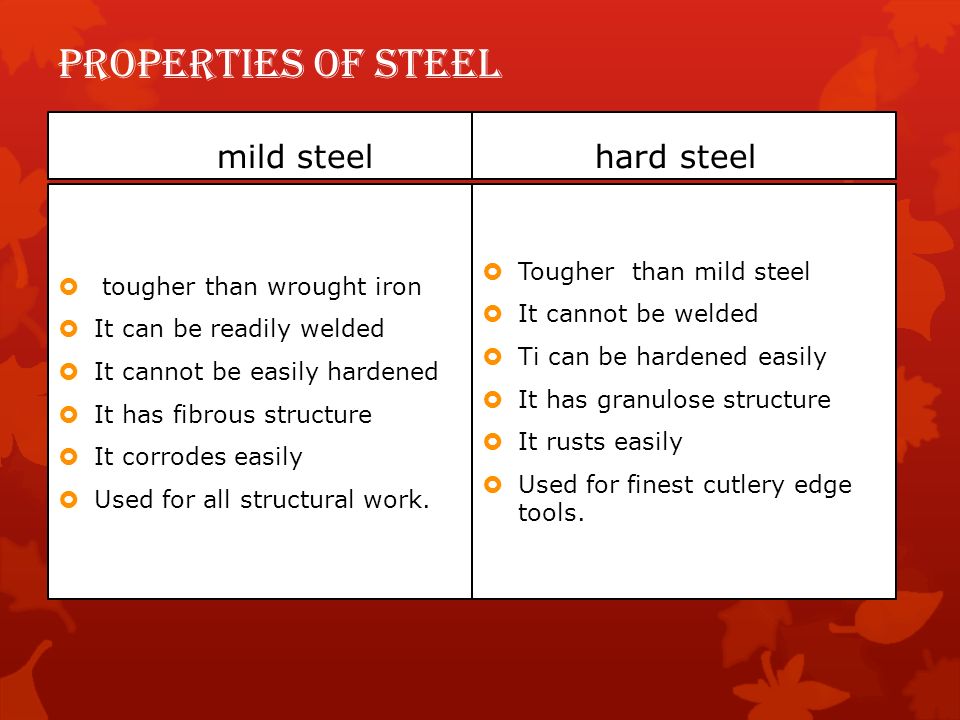Which Is Harder Steel Or Iron

The debate over the superior strength of steel versus iron has raged for centuries, influencing everything from weaponry and infrastructure to artistic expression. The answer, however, isn't as straightforward as it might seem. Understanding the fundamental differences in their composition and properties is crucial to determining which material reigns supreme in various applications.
While both steel and iron are foundational to modern society, the question of which is "harder" requires a deeper dive into materials science. It's not merely about brute force; factors like tensile strength, yield strength, ductility, and malleability all play vital roles. This article unravels the complexities surrounding steel and iron, examining their respective strengths and weaknesses to determine which material emerges as the champion of hardness in different scenarios.
The Compositional Divide: Iron vs. Steel
At its core, iron is a naturally occurring element. It's extracted from ore and, in its purest form, is relatively soft and easily corroded. This pure form, however, is rarely used in construction or manufacturing.
Steel, on the other hand, is an alloy primarily composed of iron and carbon. This addition of carbon, even in small amounts, drastically alters the iron's properties. Other elements like manganese, chromium, nickel, and molybdenum are frequently added to achieve specific characteristics.
Hardness Defined: More Than Just Scratch Resistance
Hardness is often colloquially understood as resistance to scratching or indentation. However, in materials science, it's a more nuanced concept. Different types of hardness, such as Rockwell, Vickers, and Brinell, measure resistance to penetration under specific conditions.
These tests provide quantifiable data that allows engineers and metallurgists to compare materials objectively. Understanding the specific type of hardness being measured is crucial for accurate comparisons.
Steel's Superior Hardness: A Clear Advantage?
Generally speaking, steel is harder than iron. The carbon content in steel creates a stronger atomic structure, making it more resistant to deformation. This is a direct consequence of the carbon atoms filling spaces in the iron lattice, hindering the movement of dislocations that lead to deformation.
The hardness of steel can be further increased through various heat treatments, such as quenching and tempering. These processes manipulate the microstructure of the steel, resulting in significantly enhanced hardness and strength.
Professor Emily Carter, a materials science expert at Caltech, explains: "The addition of carbon and other alloying elements allows us to tailor the properties of steel to meet specific engineering requirements. By carefully controlling the composition and heat treatment, we can achieve hardness levels that are simply unattainable with pure iron."
The Role of Different Types of Iron
It's important to distinguish between pure iron and various types of iron alloys. Wrought iron, for example, is a type of iron with very low carbon content, making it relatively soft and malleable.
Cast iron, on the other hand, has a higher carbon content than steel. While cast iron is very hard and strong in compression, it is also brittle and prone to cracking under tensile stress.
Therefore, while pure iron is certainly softer than most steels, some types of iron alloys, such as certain grades of cast iron, can exhibit comparable or even superior hardness in specific contexts.
Specific Applications and Material Selection
The choice between steel and iron depends heavily on the intended application. For applications requiring high tensile strength and resistance to deformation, such as structural beams and bridges, steel is almost always the preferred choice.
In situations where high compressive strength and vibration damping are needed, cast iron might be a better option. Engine blocks and machine tool bases are examples where cast iron's properties are advantageous.
Wrought iron, with its excellent malleability and corrosion resistance, is often used in decorative ironwork and historical restoration projects.
Expert Opinions and Industry Standards
Dr. Robert Anderson, a metallurgist at the American Iron and Steel Institute (AISI), states: "Steel's versatility stems from the wide range of alloying elements and heat treatments that can be employed. This allows us to create steels with specific properties tailored to diverse applications, from high-strength automotive components to corrosion-resistant pipelines."
The AISI sets standards for steel composition and performance, ensuring quality and consistency in the industry. These standards provide engineers and manufacturers with reliable data for material selection.
ASTM International also plays a crucial role in developing and publishing technical standards for materials, including steel and iron. These standards are used worldwide to ensure the safety and reliability of products and structures.
The Future of Steel and Iron
Research and development in materials science continue to push the boundaries of what's possible with steel and iron. New alloying techniques and processing methods are leading to the creation of advanced high-strength steels with unprecedented performance characteristics.
Nanotechnology is also playing an increasing role, allowing scientists to manipulate the microstructure of steel at the atomic level. This opens up the potential for creating even stronger and more durable materials.
The ongoing quest for improved materials will undoubtedly lead to further innovations in both steel and iron production. These advancements will shape the future of industries ranging from construction and transportation to energy and healthcare.
Conclusion: A Nuanced Victory for Steel
In the final analysis, while certain types of iron alloys can exhibit high hardness, steel generally surpasses iron in terms of overall hardness and strength. Its ability to be tailored through alloying and heat treatment makes it a more versatile and widely applicable material for demanding engineering applications.
However, the specific choice between steel and iron ultimately depends on the unique requirements of each application. Understanding the properties of each material and considering the specific demands of the task at hand is essential for selecting the right material for the job.
The ongoing evolution of both steel and iron ensures that these materials will continue to play a vital role in shaping the world around us. As technology advances, we can expect even more sophisticated and high-performing alloys to emerge, further blurring the lines between these two foundational materials.
